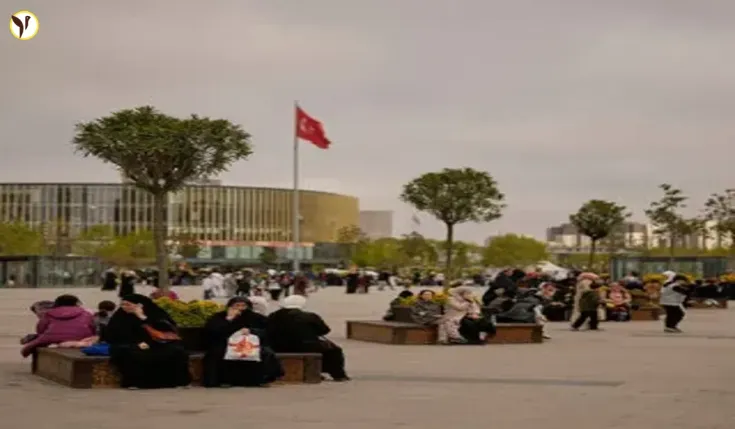Istanbul Earthquake: A City on Edge
Istanbul, a sprawling metropolis of over 15 million, was jolted on April 23rd, 2025, by a 6.2 magnitude earthquake striking the Marmara Sea. While thankfully causing minimal structural damage, the quake, occurring on Turkey's Children's Day, sent a wave of panic through the city. This article examines the event, its impact, and the ongoing need for earthquake preparedness in Istanbul.
A Shaky Children's Day
The tremor, hitting at 12:49 p.m. local time, was felt strongly across the city and even in neighboring countries. Its shallow depth of 10km amplified the shaking, leading to widespread fear and a mass exodus of residents into the streets. Several strong aftershocks, including one measuring 5.9, only heightened anxieties. Despite the panic, thankfully there were no immediate reports of major injuries or building collapses within Istanbul city limits, though one person was reported injured jumping from a balcony.
Istanbul's Seismic Vulnerability
Turkey's precarious position on major fault lines makes earthquakes an unfortunate reality. The devastating 2023 earthquake, claiming over 50,000 lives, starkly highlighted Istanbul's vulnerability. While subsequent government efforts have focused on strengthening buildings and demolishing unsafe structures, the recent quake serves as a sobering reminder of the ongoing need for investment in infrastructure resilience and robust earthquake preparedness plans.
Reactions and the Path Forward
The immediate response was characterized by widespread panic. Thousands evacuated buildings, seeking refuge in parks and open spaces. While officials like Kucukcekmece district mayor Kemal Cebi reassured the public, the psychological impact of the event underscored the importance of community preparedness. The incident highlighted not only the need for improved building codes and infrastructure, but also the crucial role of public education and regular earthquake drills.
The Urgent Need for Preparedness
This 6.2 magnitude earthquake, while relatively less damaging than others in recent history, serves as a critical wake-up call. The risk of a more significant earthquake remains substantial. Continued investment in infrastructure, coupled with widespread public awareness programs and ongoing preparedness initiatives, are paramount to ensuring the safety and resilience of Istanbul and its citizens. The city must learn from past tragedies and actively work towards mitigating future risks.






